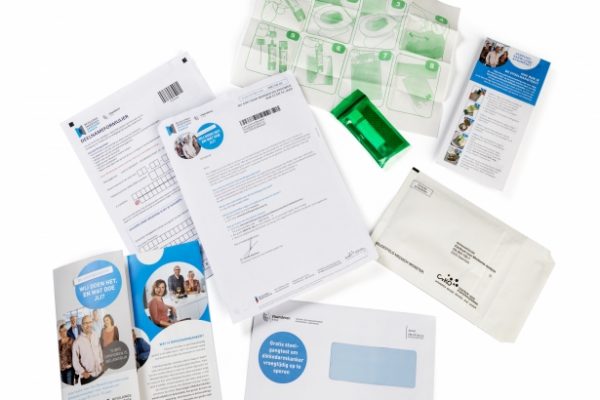
The trifecta of the global effort to stem the COVID-19 pandemic remains the search for a vaccine, the search for a cure and the search for a reliable, rapid testing method. In that latter field of research, a remarkable initiative is about to take place in Belgium. Starting September, around 30,000 students and staff members at Liège university will collect weekly saliva samples as part of one of Europe’s largest experiments with a new testing method.
There are plans to apply this scheme to other universities, schools and even companies if it proves successful in faster identifying clusters of infections among students. Belgium, among the European countries hardest hit by the pandemic, plans to boost its testing capacity from the autumn.
Between the start of the academic year in September and the end of the year, students and staff members of Liège university will self-administer a saliva swab, that has been designed by scientists at Liège university, every week at home, and bring the tube with their saliva sample in for lab testing. The same evening, the students will already have their results. Tests based on saliva swabs are simpler and faster to process than the nasopharyngeal swabs that are currently in use, and that many people find unpleasant to undergo.
The latter testing method does have a higher detection rate than a saliva test. A nasal swab detects the virus in 80% of positive cases, whereas saliva tests have a 60% success rate. Especially when infected people carry a low viral load, as is often the case in younger patients, the virus is harder to detect. The reason why the experiment takes place despite of this, is the notion that the weekly repetition of the tests would make up for this shortcoming.
So far, saliva tests have not been widely used. Britain is currently trialling a saliva test against swabs on about 14,000 people in a bid to find a simpler and quicker way of detecting outbreaks. And in May, the U.S. Food and Drug Administration approved the first at-home saliva diagnostic test, although it’s still unclear just how reliable it is in comparison.
What sets the Liège saliva testing method apart from existing ones, is that during the sealing the plastic saliva container a substance is added to the sample that immediately incapacitates the virus, thus making the sample much safer and easier to handle. This allows for a faster, more efficient and cheaper method of testing. The saliva samples in Liège will be tested in batches of six at a time. When the result is negative, all samples are cleared. If a positive result comes up, the samples are retested individually. This approach also increases efficiency and speed.
Federal minister for Digital Agenda Philippe De Backer supports saliva testing and has pledged to ensure testing capacity in Belgium will be able to cope with 30.000 saliva tests per week. The objective is to boost testing capacity to 50.000 per day in September, and 90.000 in October. De Backer also promises to ensure the availability of reagents.
The Belgian government follows the Liege experiment intently, and has provided special permission for the saliva tests to proceed without the need for approval by the EMA. If the tests in Liège are successful, the home-based weekly saliva tests may become part of the national Belgian corona-strategy.
Further reading